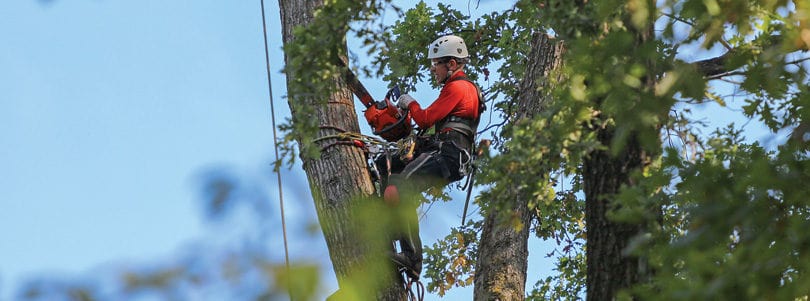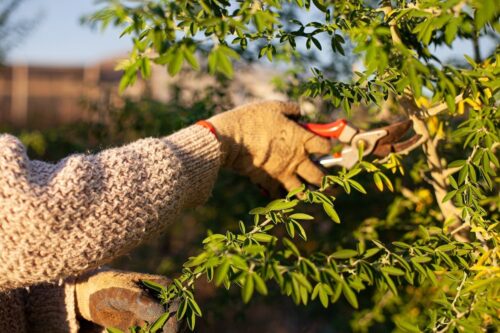The general rule of thumb is that you do need permission from the council if you want to remove a tree on your property. There are some exceptions to this rule, which we will cover below, however most councils across Australia require some form of application in order to perform significant tree works (considered to be the removal of more than one third of the tree’s canopy). Below we will answer the most common questions around seeking council permission for tree removal. However, keep in mind that every council region is different. As such, you should always check with your own council before performing any significant tree works. You can find out more details about the tree bylaws of council regions in our guides to local council regulations.

Why does the council have to approve a tree removal?
While some people get frustrated that the council has the final say over what you do with a tree on your property, the logic is that trees provide value beyond the bounds of your property to the wider community and the local ecosystem. By filtering the air, reducing the impact of urban heat islands, contributing to the fertility of the soil and improving the aesthetic of a neighbourhood, trees benefit the council as a whole. It makes more sense when you consider the potential impact on a community if everyone decided to cut down their trees at once. Property value in the area would plummet, the ecosystem would be battered and it would take decades to recover.
When is council approval not needed to remove a tree?
Although you should still check the rules of your local council before carrying out a tree removal, there are a few circumstances in which council approval is generally not needed. Trees can often been removed from your private property without permission if they:
- are already dead
- have already fallen
- pose an imminent threat to you or your home
- are a species deemed by your council to be noxious
- are below a certain size threshold set by your council
- are in a fire hazard zone
What are the consequences of removing a tree without council approval?
Most councils look harshly on illegal tree removal as it can be very detrimental to a local area in terms of the environment and property prices. There are steep fines that can be given for such acts, ranging from $2,000 up to hundreds of thousands of dollars if multiple protected trees have been cut down. If such removals were done in the process of building, permits for the building could be revoked.
What reasons do I need to get council approval to remove a tree?
There are a number of reasons you could give to your council to be granted approval for a tree removal. It will depend on the council and the type of tree you are removing, and whether or not it is a protected species. Some common examples are that the tree is dangerous, it poses a threat to your property or that it has an infestation or disease which threatens other nearby plants and trees.

